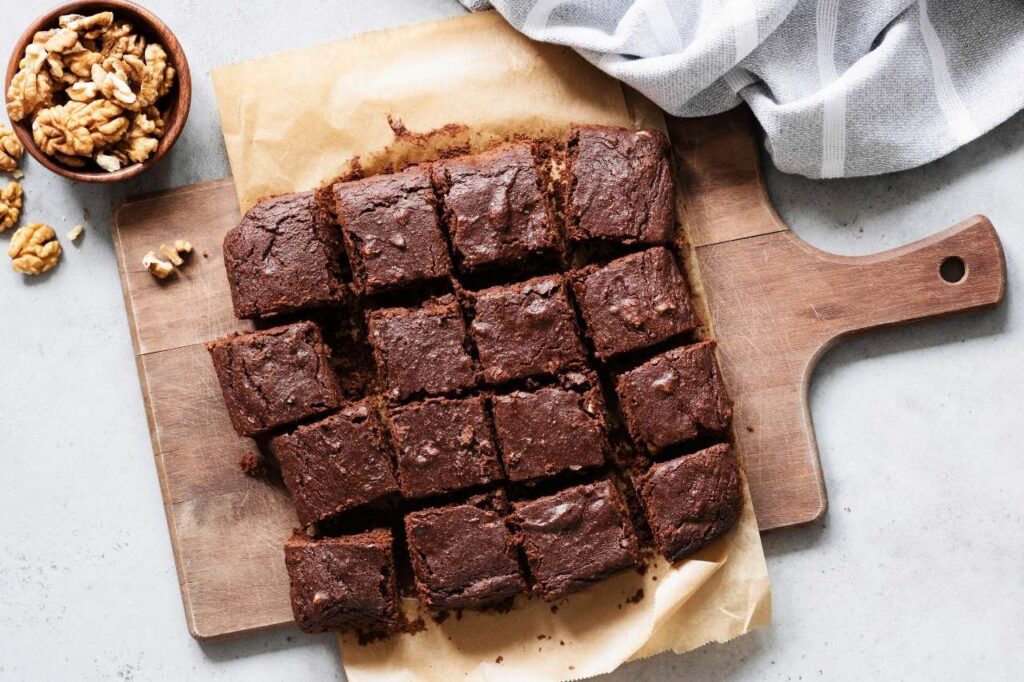In the culinary world, cutlery is an important aspect. The chef’s performance is all in the way of handling suitable knives for the right reasons. There are two essential chef knives used for multiple purposes. These knives are similar in their goal or use, yet they have differences. The chef’s knife is the classic western knife, and the Santoku is the Japanese-style knife. Both these knives are essential for their unique purpose. Whether a fine slice is required or a hefty thick cut of meat, one needs to know the right blade for a perfect finish. Let’s see Santoku vs chef knife. Their similarities and differences.
What is a Santoku Knife?
Santoku, or the Japanese style knife, defines the three main uses of the blade as the three virtues. Some say the three virtues of Santoku are mincing, slicing, and chopping, while others say it refers to fish, vegetables, and meat.
Chef knives are either single-edged or double edge knives. Traditionally it’s a single-edged knife. Santoku has three main parts of the blade used for three functions. The tip of the knife is for delicate and detailed cutlery performance. The primary cutting sharp edge is for slicing, and the knife’s heel is for chopping.
Santoku is lightweight and small. The edge of the knife has a scalloped feature releasing air pockets preventing the ingredients from sticking to the blade when slicing. These knives are 5 to 7 inches long with a flat and more expansive edge.
What is a Chef’s Knife?
A chef’s knife is a general-purpose kitchen knife from France and Germany. There are wide serrated varieties of chef’s knives. Chef knives are heavy with a thick spine curved upwards. And, they have a broader blade, with a granton edge.
Chef knives are popular in professional cooking for their versatility. And, these knives are very efficient in slicing cheese, chopping, slicing, or for dicing vegetables, fruits, and nuts and separating the meat from bones.
These knives have a pin grip with a bolster at the handle. These knives have a length of 8 to 12 inches. Also, Chef knives use the rock-chop technique for easy slicing. The heel is to cut through thick meat. The flat part of the blade is for crushing nuts and garlic. The tip is for delicate perfection and detailed cutting.
Can you Chop with a Santoku?
Of course, yes, it is a general-purpose knife. These knives are for chopping and dicing, slicing, and mincing. Like any other knife, Santoku is versatile for chopping light and soft vegetables and herbs. These knives are lighter. So, chopping any hard or thick ingredients can damage the blade.
The fine lighter edge is usually used to chop any ingredient without the pieces sticking to the knife.
Is a Santoku Knife for Vegetables?
Santoku knives aren’t specifically for vegetables. It’s a multipurpose knife used for many culinary experiences. These are premium knives that many people view as an investment.
These knives are for precise cutting, and their ability to create incredibly thin slices is their greatest strength. Even though Santoku does not support all kinds of vegetables, it’s appropriate for soft and mushy vegetables like tomatoes, onions, herbs, boiled potatoes, sliced cucumber, etc.
Three Differences Between a Common Chef’s Knife and a Santoku Knife?
If you need to know what serves best in your kitchen, let’s understand the differences between the knives.
One major difference between the two knives is the shape of the blade. Santoku knife has a straight-edged blade with a spine curved downward. And the chef’s knife has a curved edge, with a spine bending from heel to top. Chefs’ knife has a more pointed tip compared to Santoku. The chef’s knife cuts in a rocking motion called the rock chop. And the Santoku knife cuts in an up-and-down movement.
Santoku has thinner blades and is sharper than a chef’s knife. An average santoku edge is sharp to a 10-degree angle per side. At the same time, an average chef’s knife is for a 15-degree grade per side. Another difference is Santoku has hollow edges called granton to prevent the food from sticking to the blade. It has indentations creating tiny air pockets to reduce friction.
The chef’s knives are heavier to use; in contrast, santoku knives are much lighter in weight and use. Santoku is ideal for precise cuts. For example, a santoku knife is better for easy salads, sushi, or simple fried dishes that require finely chopped and sliced meat and vegetables.
It is used for chicken, beef, and more dense protein if you avoid the bones. Chef’s knife suits bulky food like root vegetables and dense meat. A chef’s knife’s long and heavy edge gives strength and durability. The sharp point can easily pierce through hard-peeled fruits and vegetables like watermelon, pumpkins, butternut squash, whole chicken or turkey, cabbage head, etc.
Do you Need Both a Santoku and a Chef’s Knife?
Well, the truth is both knives can perform one another’s function. So, based on the cutting motion you use most often. When choosing, remember a chef’s knife uses a rocking motion.
If you are more comfortable chopping up and down, use a santoku. Usually, you can have both of these knives in your kitchen. Based on what you feel is more comfortable to use- depending on the type of vegetable, meat, etc., and how you prefer to chop, slice, dice, or mince. You can decide on one of the knives. Or you can choose both.
Santoku vs Chef Knife: Which One to Choose?
Which knife to use is a personal choice to make. It depends on whether you are a home or a professional cook looking for knives. If you are a home cook who prefers lighter food, boneless meat, or someone who does not cook food like lobsters and crabs, you can go for a santoku knife. But if you are an experimental and wild cook who loves meat on the bone or any wild seafood cooking spree, you can go for a chef’s knife.
You May Also Like



Pingback: What is an Enclosed Kitchen? A Nostalgic Journey